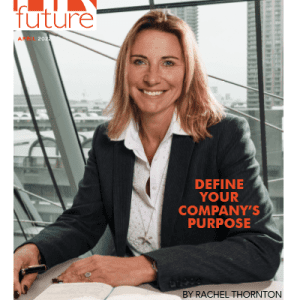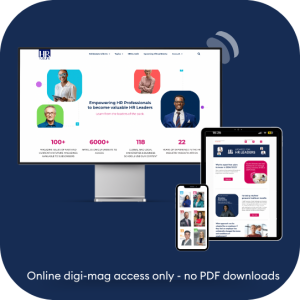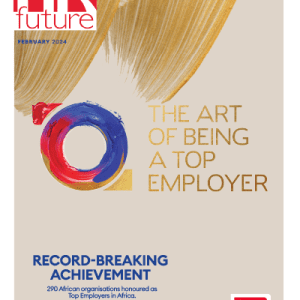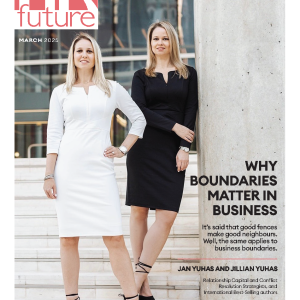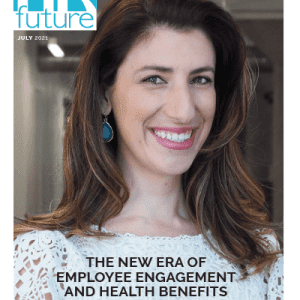As the pace of change becomes exponentially faster, increasingly complex and unpredictable, companies wishing to survive and indeed thrive in the new world of work will need to re-evaluate everything from top to bottom and inside out.
This includes re-examining structures, processes, procedures, policies, leadership and management styles and a host of other things.
Why?
Because the larger the company, the more chance they’re built for comfort, not speed. And, in the same way that those UK stately homes of bygone centuries are no longer inhabited by private families because they’re just too cumbersome and expensive to maintain, comfort has become a 20th century luxury that’s unaffordable in the 21st century. Comfort has been replaced by a need for speed.
Which begs a second question: how fast, or agile, is your company? The bigger the ship, the longer the distance (and time) it takes to turn around – a supertanker takes about nine kilometres to come to a stop. But that’s not all. To prepare for coming to a stop, in order to reduce stress on the propeller and shaft, tankers start reducing engine revs about six hours before coming to a stop.
Compare that with a company. If your company has to take “six hours to come to a stop” in order to effect certain changes on board, where is that going to leave you when smaller, faster boats are steaming full speed ahead?
As former CEO of GE, Jack Welch once said, “When the rate of change outside exceeds the rate of change inside, the end is in sight.”
So how does one make a company faster or more agile so that the end doesn’t come into sight?
Simple, but not easy … You make the people more agile – from the executive team to the shop floor worker.
Who is responsible for increasing the agility of the executive team and everyone else?
The HR team is. That’s why the coming disruptions are creating a significant opportunity for HR Professionals to undertake their own disruptive action – to take the lead in guiding their companies’ leaders through the coming storm.
If you’re up for the challenge, you need to make it your business to understand the storm. Learn to understand what the forces are that are starting to buffet your ship, what’s causing them and the nature of the forces. But that’s not enough. Just knowing more about the storm is no better than having a detailed weather report. Just having the weather report won’t help you get through the storm. You’ve also got to make it your business to learn the sailing skills that are necessary to get you through the storm.
All of this will take you right out of your comfort zone. That’s how it works, though. You can’t have comfort AND speed. Have you ever been for a drive in a supercar? They look awfully snazzy and they move at a frightening speed. But, again, pin one of their drivers back over the roof of their low slung sports car and they will grudgingly admit that it’s not a comfortable ride. You have to trade soft suspension for a stiff ride in order to accommodate the low ground clearance and so forth.
So, if you’re looking for comfort in the workplace, you’re headed for disappointment and frustration. Accept the fact that, in the interests of sustainability, your company will need to increase its speed dramatically and lead the change instead of being forced to change!
Alan Hosking is the publisher of HR Future magazine, www.hrfuture.net, @HRFuturemag. He assists executives to develop new generation leadership skills, manage their age as an asset, and achieve self-mastery so that they can lead with greatness and agility in an increasingly disruptive world.




















